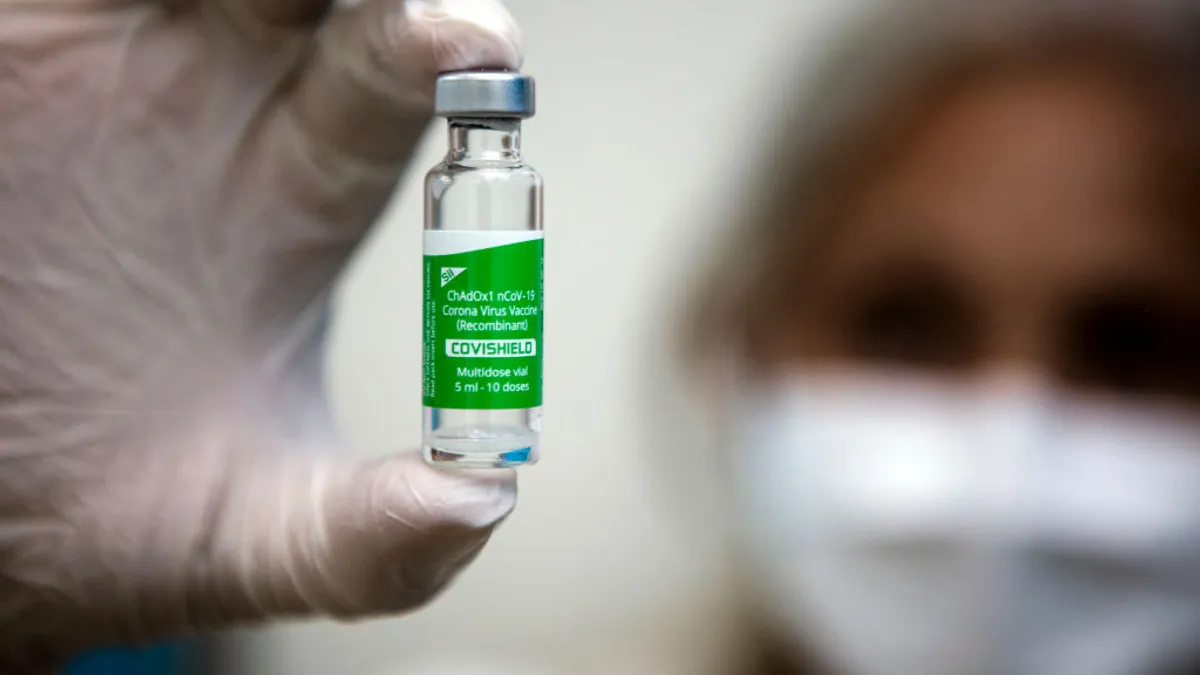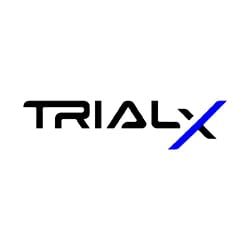
“Vaccitech,” a potential investor once said to Bill Enright during a meeting. “Must be a vaccine company. I don’t invest in vaccine companies.”
Enright, CEO of Barinthus Biotherapeutics (formerly Vaccitech) had a reply ready, explaining that Vaccitech had a number of therapeutic programs. But it was an easy mistake to make, especially after the company made headlines around the world as the co-inventor of the AstraZeneca COVID-19 vaccine.
That’s among the reasons the company changed its name to Barinthus Biotherapeutics in November.
“You don't want to be ruled out just because of your name,” said Enright. “And that's what I thought was happening,”
Vaccitech was founded in 2016 as a University of Oxford spinout developing immunotherapies and vaccines to treat infectious diseases and cancer by stimulating a T cell response. Among those technologies is a viral vector platform called ChAdOx.
Then in 2020, the company pivoted hard and fast, pouring its resources into developing what would become the Oxford-AstraZeneca COVID vaccine using ChAdOx.
“We’re going after diseases where we think T cells are going to be important."

Bill Enright
CEO, Barinthus Biotherapeutics
“With the COVID vaccine, we did get a bit of press, and so we didn't want to take away from the spotlight,” Enright said. “But once we got through that, it was back to business as normal.”
The name change reflects what the company is now, he said. In Arthurian legend, Barinthus was a guide who helped King Authur navigate to Avalon to be healed after getting wounded in battle.
“That kind of resonated with our U.K. roots and the mythical characters of Oxford,” he said. “We're focused on guiding the immune system to heal patients by stimulating T cells. There's some parallels there that I think worked really well for us.”
The T cell factor
Barinthus Biotherapeutics is far from alone. Pharma companies frequently rebrand to declare a new future or to distance themselves from the past, David Paragamian, CEO of the healthcare communications firm Health Monitor Network and a pharma marketing instructor at St. Joseph’s University in Philadelphia, told PharmaVoice earlier this year. J&J is among the most recent notable examples.
For Barinthus, the new name “more accurately reflects where the company is going and the success we’ve had on the therapeutic side,” Enright said.
One of its programs combines ChAdOx with doses of a Modified vaccinia Ankara (MVA) vector to produce a robust T cell immune response and help clear chronic infections such as hepatitis B and HPV.
According to Enright, the combination elicits “the best T cell response that anybody’s ever seen with any platform out there, bar none.”
“We’re going after diseases where we think T cells are going to be important to disease,” he said.
The company’s lead asset is a “potential functional cure for hepatitis B” that’s in phase 2 trials and combines ChAdOx and MVA.
“What we’ve shown so far is that we’re the first immunotherapy that’s actually shown a decrease in surface antigen — that’s the biomarker for HBV activity — and the first molecule that we’re aware of that’s shown a sustained reduction in surface antigens,” Enright said. “This is pretty novel and quite interesting to the field.”
The company also has clinical-stage programs in HPV and prostate cancer; a preclinical program in celiac disease; and partnered programs in MERS, zoster and non-small cell lung cancer, as well as the licensed COVID vaccine.
On the MERS side, Barinthus is working with the Coalition for Epidemic Preparedness Innovations and the University of Oxford to develop and stockpile a ready reserve of the MERS vaccine candidate, VTP-500.
“The goal here is to get this to a point where we can provide a stockpile so that if there is an outbreak we can vaccinate very rapidly,” Enright said.
It’s all part of the company’s focus on developing treatments that are both preventive and prophylactic.
“The autoimmune space is a pretty exciting area right now,” Enright said. “There’s a lot of interest there.”











